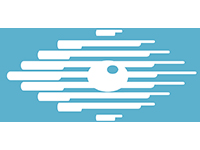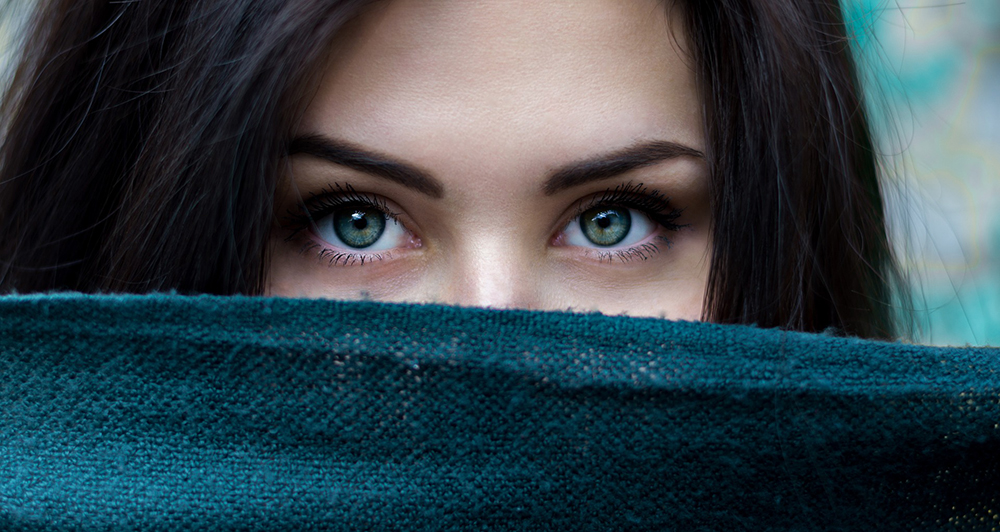Advances in eye health and technology can give us a look into our health! Researchers are working on newer ways of protecting your eyes to help people with vision loss and catch diseases earlier.
What Doctors See Now
Eye exams allow eye care professionals to monitor your eyes for common vision problems and signs of disease. Annual eye exams are very important for this reason. Since there isn’t early diagnostic testing for most eye diseases, its important to detect the warning signs early!
Comprehensive exams will include eye dilation. This allows the doctor to see inside the eye. Special magnifying lenses are used to examine the tissues at the back of the eye. These tissues include the retina (light-sensitive tissue), the macula (central part of the retina for sharp vision), and the optic nerve (carries visual messages from the eye to the brain). Any damage to these areas may signs of disease.
Eye exams may reveal health problems like diabetes, high blood pressure, autoimmune disorders, sexually transmitted diseases, and cancers. Eye doctors often detect diabetes by observing damage to the retina and blood vessels in the eye. The disease may show up in eye tissue before a blood glucose (sugar) test reveals it. Early detection can prevent not only vision loss but other serious complications.
Imaging Advances
Future eye health practitioners will have more powerful imaging tools than anything we have now. New tools make it easier to catch disease even earlier.
Diseases like glaucoma that causes blindness by damaging nerve cells at the back of the eye. Cells that get damaged by glaucoma are hard to see in the early stages of the disease. Our current technology reveals that thousands of cells must die before detection occurs. New methods would allow doctors to see the damage much earlier, thus preventing or curtailing vision loss.
Eye imaging technologies are developed to better detect age-related macular degeneration (AMD) since it is the leading cause of vision loss and blindness nationwide among people age 50 and older. A current NIH-led study is tracking retinal degeneration in 500 people over five years to look for early signs of the condition.
Using a high-resolution imaging technique called spectral domain optical coherence tomography or SD-OCT, they visualize different sections of the retina. SD-OCT is sensitive enough to detect very small changes that other images of the eye cannot see! Another new imaging technology allows scientists to track a specific protein in the eye. This approach may help doctors with early detection of cataracts and presbyopia..
Other research groups are studying ways to treat cataracts with a chemical that could potentially be used in eye drops to reverse cataracts, the number one cause of blindness worldwide.
Sight Improvement
New technologies may ultimately help people with low vision or blindness to get around more easily. A NIH-funded eye doctor recently improved a miniature telescope technology. Mounted on regular eyeglasses, its called Ocutech bioptic telescopes. These devices help people with low vision see better while driving, giving them a chance to stay behind the wheel.
Another scientist developed a partially robotic cane that can detect a person’s surroundings. The cane has a camera to “see” what’s nearby. The motorized roller tip then moves the cane toward a desired location, acting as a guide for the person to follow. Sound can also act as a guide for those with low vision. A new smartphone app gives sound prompts to help visually impaired people identify the safest crossing location and stay within a crosswalk.
These and other new technologies are helping people with vision problems. While technologies can help keep your eyes healthy, there’s a lot you can do, too! Simple actions like quitting smoking, eating a healthy diet full of dark leafy green vegetables and maintaining a healthy weight can help. Knowing your families eye healthy history since certain diseases run in families. And be sure to wear sunglasses when you are outside.
Most Importantly, don’t forget to get a regular eye exam, protecting your eyes, to catch issues early. If your eye care professional finds a problem early, often there are things you can do to keep your good vision.
Source: newsinhealth.nih.gov
For more helpful eye care and vision care tips, please visit our main blog page.


На днях нашел на http://xojh.cn/home.php?mod=space&uid=2837284 – РіРёР·Р±Рѕ сайт,
и захотел поделиться своим впечатлением.
Платформа кажется довольно интересной,
особенно когда хочешь найти качественное игровое заведение.
Кто уже пробовал Gizbo Casino?
Расскажите своим опытом!
В частности интересно узнать про бонусы и фриспины.
Допустим, предлагают ли Gizbo Casino специальные условия для новых игроков?
Еще интересно, где получить рабочее зеркало Gizbo Casino, если основной портал не работает.
Видел много противоречивых отзывов, но хотелось бы узнать честные рекомендации.
Допустим, где лучше активировать бонусы на Gizbo Casino?
Расскажите своим опытом!
I appreciate the depth of research in this article. It’s both informative and engaging. Keep up the great work!
I truly love your blog.. Very nice colors & theme. Did you make this amazing site yourself? Please reply back as I’m attempting to create my very own blog and would love to learn where you got this from or what the theme is named. Thank you.
May I just say what a relief to discover someone who truly understands what they’re discussing on the net. You certainly know how to bring an issue to light and make it important. A lot more people should look at this and understand this side of the story. I can’t believe you aren’t more popular since you certainly have the gift.
На днях нашел на http://jiyangtt.com/home.php?mod=space&uid=4684331 – gizbo casino официальный сайт,
и решил рассказать своим опытом.
Сайт кажется очень привлекательной,
особенно если хочешь найти качественное игровое заведение.
Кто уже использовал Gizbo Casino?
Поделитесь своим мнением!
В частности интересно узнать про бонусы и фриспины.
Например, есть ли Gizbo Casino специальные условия для новых пользователей?
Еще интересует, где найти рабочее зеркало Gizbo Casino, если основной сайт не работает.
Читал много противоречивых отзывов, но интересно узнать реальные рекомендации.
Например, как эффективнее использовать бонусы на Gizbo Casino?
Расскажите своим мнением!
This page really has all of the information I needed concerning this subject and didn’t know who to ask.
Saved as a favorite, I love your site!
Can I simply just say what a comfort to uncover someone that genuinely understands what they are discussing over the internet. You actually realize how to bring a problem to light and make it important. More people have to read this and understand this side of your story. I was surprised that you aren’t more popular since you definitely possess the gift.
You are so awesome! I don’t suppose I have read through a single thing like that before. So wonderful to discover someone with a few genuine thoughts on this subject matter. Seriously.. thanks for starting this up. This web site is something that’s needed on the internet, someone with some originality.
A fascinating discussion is worth comment. There’s no doubt that that you ought to write more on this subject, it might not be a taboo matter but typically people don’t speak about these topics. To the next! Best wishes!
Introducing to you the most prestigious online entertainment address today. Visit now to experience now!
There’s certainly a lot to find out about this issue. I love all the points you have made.